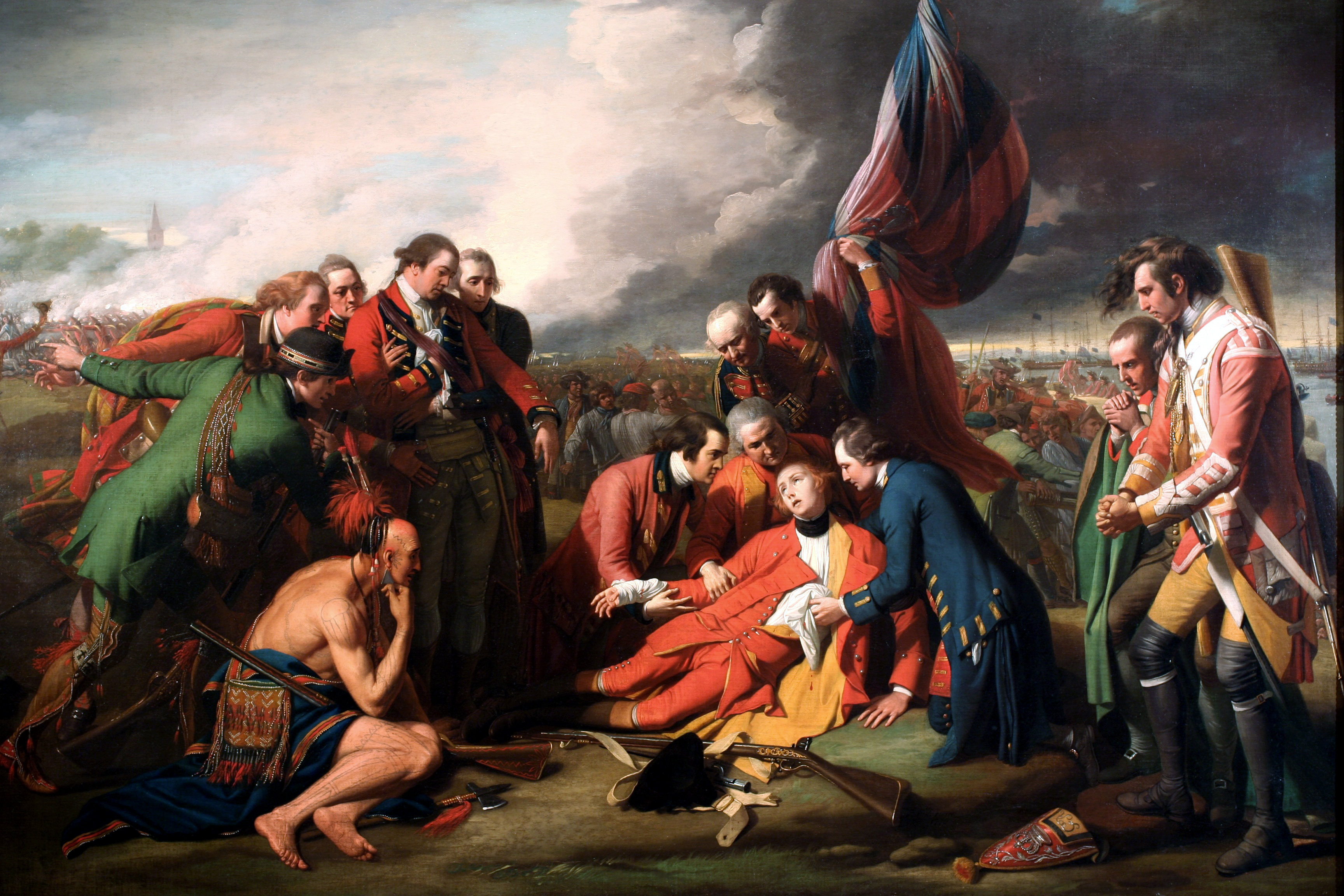 |
| How I've felt the last two weeks |
 |
| The Blue Guards storm across the river at Oldbridge supported by artillery |
The trick then for the Williamites is to time their attacks so as to force crossings to support the troops that have already crossed the river. If they can't do this, their forces run the risk of being cut off and defeated in detail. William has therefore decided to first attack at Oldbridge with the three battalions of the elite 'te Voet (Blue Guards) Regiment, supported by nearly his entire artillery train. The next two fords in turn will also be attacked by infantry brigades, and finally the Williamite horse will cross to cut off and destroy what is hopefully by then a thoroughly disordered Jacobite force.
During this period, infantry softened up the enemy with firepower, and the cavalry delivered the coup d'grace. The Williamite army is arrayed for exactly this sort of battle plan.
The Jacobites at this point realize that they've been had. Their intent is to fight a delaying action to allow the bulk of the army to escape with King James. They are badly outnumbered but hold the river line and have some excellent cavalry. They need to slow the Williamite advance while conserving their forces. Losing their French battalions or squadrons of cavalry would be particularly devastating to them.
In our version of the battle, General Solms leads the 1st battalion of the 'te Voet Regiment across the ford at Oldbridge against the Irish battalions of Antrim and Clanrickarde. The Dutch guardsmen are supported by a battery of 9-pounders, a battery of 12-pounders, and a mortar battery.
 |
| The Irish ran like cow herders |
Artillery at this point was still heavy and unwieldy, but certainly more mobile than during the Thirty Years War or The English Civil War. As a result field artillery was just coming into its own as a major component of firepower on the battlefield. Certainly that was the case in our battle: the attack of the Blue Guards backed by William's artillery was far too much for the Irish battalions (26.5 Attack Value versus 13 Defense Value.). The two Irish battalions broke and ran, giving the Williamites an early Victory Point lead.
 |
| The Williamites take Oldbridge. Boisseleau's French Regiment prepares to hold. |
 |
| Strong Jacobite forces have stopped the Williamite advance |
By noon, the Jacobite horse under Berwick has arrived and combined with Hamilton's brigade.The Jacobites have a formidable force. Ideally the Jacobite cavalry would be used against reduced Williamite infantry. Early attacks by the Irish cavalry went in somewhat piecemeal and had little effect beyond disordering the horse.
The Williamites have reinforced the Dutch guards with troops crossing at Grove Island. Historically this was a hard-fought crossing that cost Marshal Schomberg his life. In our battle the early Williamite success cleared the way for Schomberg and his troops.
For now, it looks like a bit of a stalemate south of Oldbridge. William can't get enough troops up to seriously outnumber the Jacobite at the base of Donore Hill. The Williamites have managed to bring up some 3-pounders to support their attack, though. These are the only guns light enough to get across the fords.
A failed attack will leave the Williamite forces vulnerable to a counterattack by the Jacobite horse, exactly the situation William doesn't want to see happen. William needs to get the Danes under Wurttemburg across the river at Yellow Island. That will flank the Jacobites and make their current position untenable.
No comments:
Post a Comment